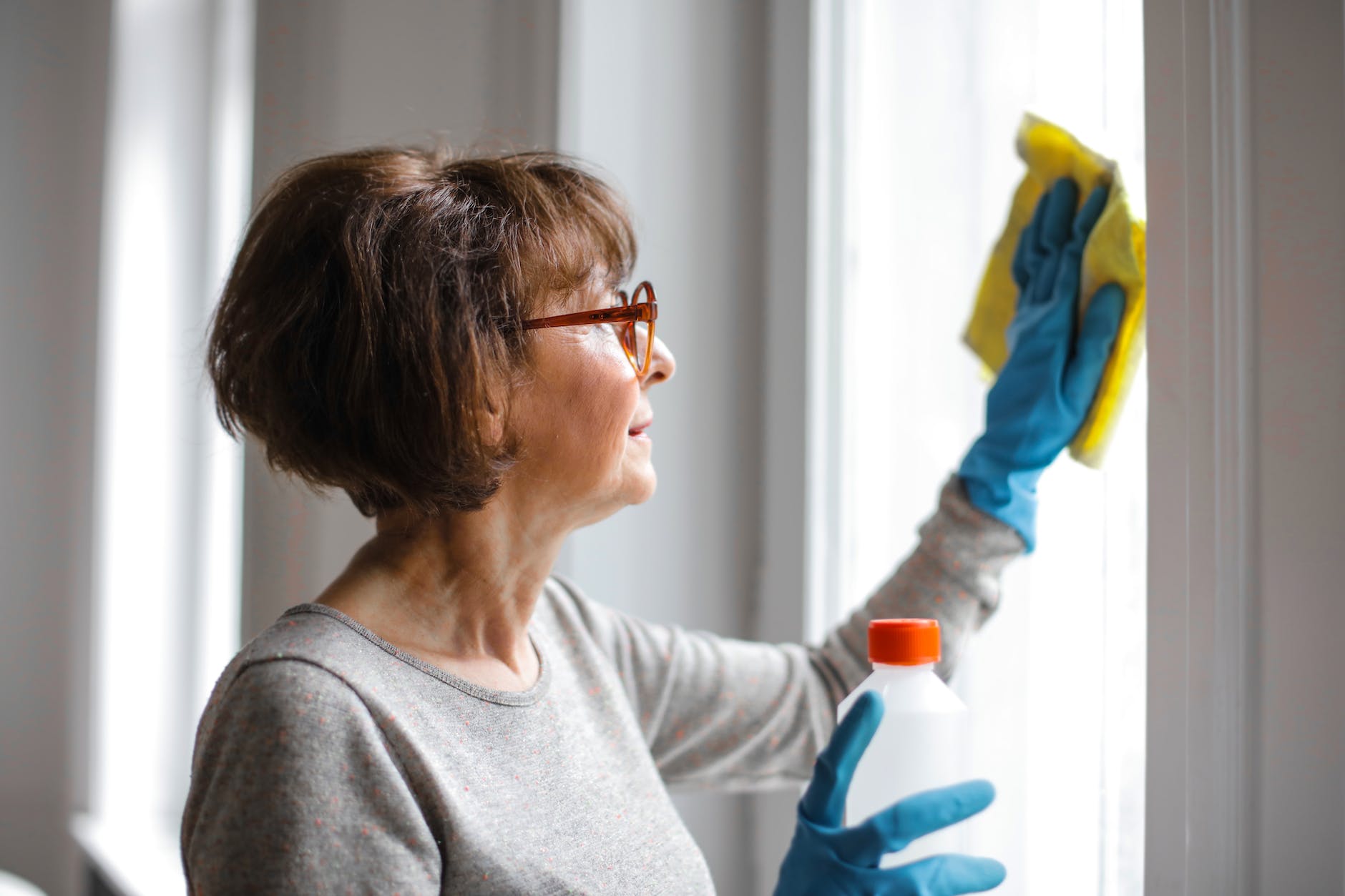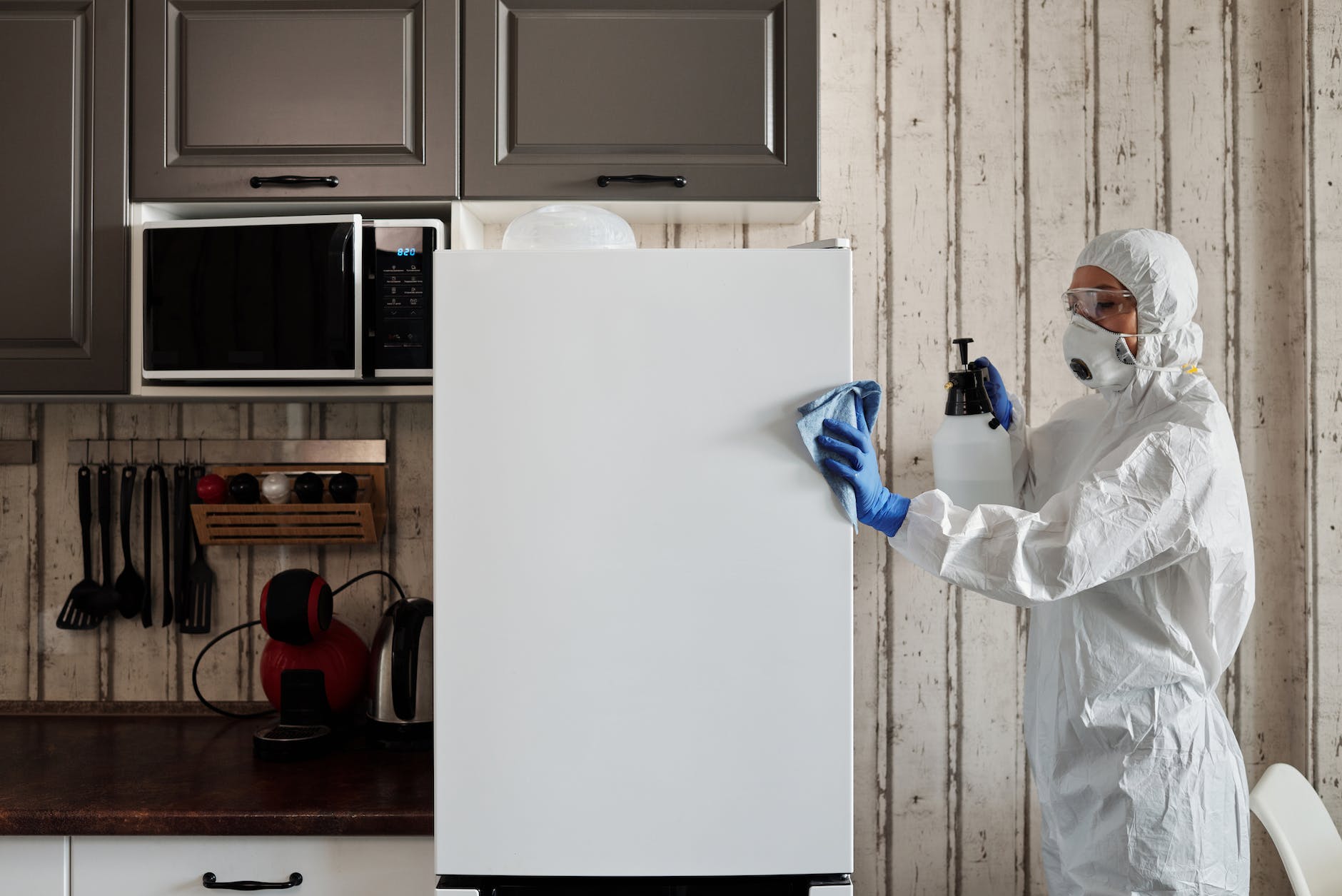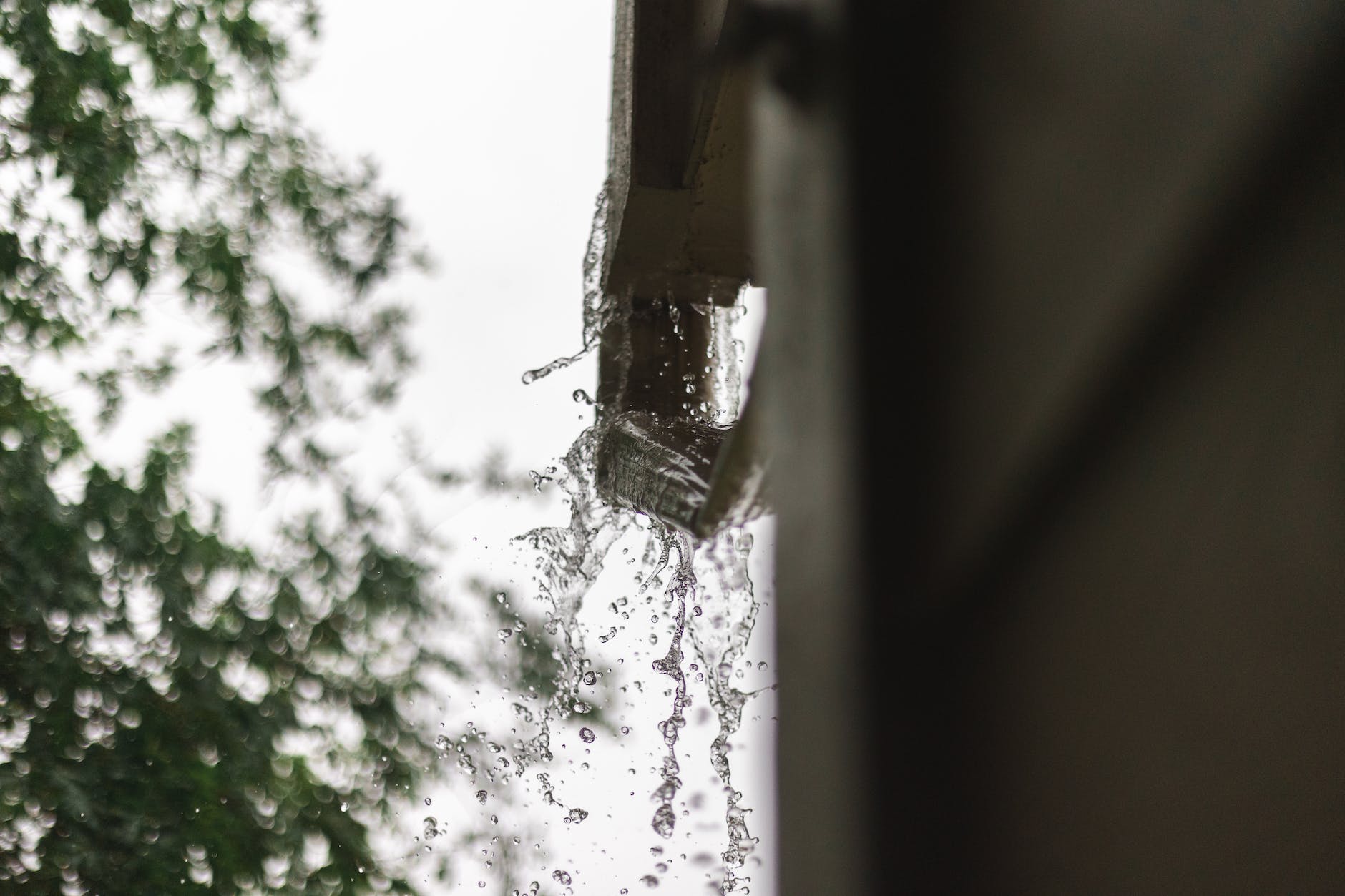How to paint a stone fireplace ? Painting a stone fireplace can be a transformative and relatively straightforward process. Begin by thoroughly cleaning the stone surface and removing any dirt, dust, or soot. If there is existing paint or sealant, consider using a paint stripper or sanding to create a smooth base. Next, apply a high-quality primer suitable for both stone and masonry surfaces, allowing it to dry completely. Choose a paint specifically formulated for high-heat applications to withstand the fireplace’s temperature fluctuations. Apply the paint using a brush or roller, ensuring even coverage.
It may be necessary to use a small brush to reach into the crevices between the stones. Allow the first coat to dry thoroughly before applying additional coats if needed. Keep in mind that breathable masonry paint is preferable to allow any trapped moisture to escape. Finally, let the paint cure completely before using the fireplace, and enjoy your updated and refreshed stone surface.
Materials
To paint a stone fireplace, you’ll need several materials to ensure a successful and durable finish. Here’s a list of materials you may require:
- Drop Cloths or Plastic Sheeting:
- To protect the surrounding area and floor from paint splatters and drips.
- Painter’s Tape:
- For taping off adjacent surfaces like the walls, mantel, or any other areas, you want to avoid painting.
- Cleaning Supplies:
- A mixture of water and mild soap or a specialized stone cleaner to thoroughly clean the stone surface before painting.
- Paint Stripper or Sandpaper:
- Suppose there’s existing paint, sealant, or significant imperfections on the stone. In that case, a paint stripper or sandpaper may be necessary for preparation.
- Primer:
- A high-quality primer suitable for stone and masonry surfaces. This ensures better adhesion of the paint and enhances durability.
- High-Heat Paint:
- Choose a paint specifically formulated for high-heat applications. Look for heat-resistant or fireplace paint to withstand the temperature changes of a working fireplace.
- Paintbrushes and Rollers:
- A high-quality brush for cutting in and reaching into crevices between stones, as well as rollers for larger, flat surfaces.
- Tray and Liners:
- For holding and applying the paint. A paint tray liner makes cleanup easier.
- Small Brushes:
- For detailed work and reaching tight spots.
- Stir Sticks:
- To thoroughly mix the paint before application.
- Respirator or Mask:
- To protect yourself from fumes and dust during the cleaning and painting process.
- Ventilation:
- Ensure good ventilation in the area. Open windows or use fans to disperse fumes.
- Sealer (Optional):
- A breathable masonry sealer if you want to protect the painted surface and allow moisture to escape.
How to paint a stone fireplace
1 | Clean the Fireplace with a Wire Brush
Begin your easy-painted stone fireplace tutorial by thoroughly cleaning the surface with a wire brush. This step is crucial to remove any loose dirt, dust, soot, or existing paint that may hinder paint adhesion. Use the wire brush to scrub the stones, focusing on crevices and textured areas where grime tends to accumulate. This not only provides a clean canvas for painting but also helps smooth out the surface for better paint application.
Ensure you wear appropriate safety gear, such as gloves and a mask, to protect yourself from dust and debris during this cleaning process. Once cleaned, wipe down the stones with a damp cloth to remove any remaining particles, allowing the surface to dry completely before moving on to the next step in your painted stone fireplace project.
2 | Wash the Stone Fireplace with TSP
As the second step in an easy-painted stone fireplace tutorial, washing the stone fireplace with Trisodium Phosphate (TSP) is essential for preparing the surface. TSP is a powerful cleaning agent that effectively removes dirt, soot, and other contaminants from the stone. Begin by mixing TSP with water according to the manufacturer’s instructions. Ensure the fireplace is cool and free from any ashes. Apply the TSP solution to the stone surface using a sponge or scrub brush, working it into the crevices and textured areas.
Allow the solution to sit for the recommended time, usually 15-20 minutes, and then scrub the surface thoroughly. Rinse the fireplace with clean water to remove any residue. This cleaning step creates a clean and smooth surface, promoting better adhesion for primer and paint and setting the foundation for a successful painting process.
3 | Paint the Stone Fireplace with Primer (Kilz)
In the third step of this easy-painted stone fireplace tutorial, you’ll paint the stone surface with a primer, specifically Kilz or a similar high-quality stone and masonry primer. Begin by ensuring the stone is thoroughly cleaned and free from any dust or debris. Use a mixture of water and mild soap or a stone cleaner to clean the surface. Once the stone is dry, apply the Kilz primer using a brush or roller, ensuring even coverage.
Kilz is an excellent choice for priming as it promotes adhesion, covers stains, and provides a stable base for the paint. Allow the primer to dry completely before moving on to the next steps. Priming is a crucial step to enhance the durability and longevity of the painted finish on your stone fireplace.
4 | Paint the Stone Fireplace
Paint the Stone Fireplace: Once the primer has dried completely, it’s time to paint the stone fireplace. Choose a high-quality, heat-resistant paint specifically designed for masonry surfaces. Stir the paint thoroughly to ensure an even consistency. Use a high-quality paintbrush to cut in along the edges and corners of the stones, reaching into crevices and tight spots. For larger, flat areas, use a roller to apply the paint evenly.
Be patient and take your time, ensuring complete coverage. Depending on the colour and the type of stone, you may need multiple coats. Allow each coat to dry thoroughly before applying the next. Once satisfied with the coverage and colour, let the final coat cure completely before using the fireplace. Consider applying a breathable masonry sealer for added protection if desired. Step back and admire your freshly painted stone fireplace, now transformed into a focal point that enhances the overall aesthetic of your space.
Frequently Asked Questions about how to paint a stone fireplace
What paint should I use for a wood-burning fireplace?
When painting a wood-burning fireplace, it’s crucial to use a high-heat paint specifically designed for this purpose. Look for heat-resistant or fireplace paint which can withstand the elevated temperatures generated by a wood-burning fire. These paints are formulated to resist heat and prevent peeling or discolouration, providing a durable and safe finish for your fireplace.
What paint sheen should be used on a fireplace?
Opt for a matte or satin finish when painting a fireplace. These sheens help conceal imperfections and are easier to clean than flat paint. Additionally, a matte or satin finish complements the natural texture of most fireplace materials. Avoid using high-gloss finishes, as they can highlight surface irregularities and may not withstand the heat produced by a fireplace.
What should I do if my fireplace has a shiny topcoat?
If your fireplace has a shiny topcoat, it’s important to remove or roughen up the surface before painting to ensure proper adhesion. Use sandpaper or a liquid deglosser to dull the shine and create a more porous surface. After preparing the surface, clean it thoroughly and apply a high-quality primer suitable for the specific material of your fireplace. Once the primer is dry, you can proceed with painting using the appropriate high-heat paint.
Can I paint my fireplace surround made of bricks or lava rock?
Yes, you can paint a fireplace surrounded by bricks or lava rock. Proper preparation is key to a successful paint job. Clean the surface thoroughly to remove dirt, soot, and any other contaminants. If the surface is particularly uneven or porous, use a masonry primer to ensure better adhesion. Choose a high-quality, heat-resistant paint suitable for masonry surfaces, and apply it using a brush or roller. Ensure the paint is evenly distributed, especially in textured areas, for a cohesive and attractive finish.
How do I tone down my multi-coloured stone fireplace without completely covering it with paint?
If you want to tone down a multi-coloured stone fireplace without fully covering it with paint:
- Consider using a translucent or whitewash technique.
- Dilute a paint colour of your choice with water to create a semi-transparent wash.
- Apply the wash using a brush, ensuring it seeps into the crevices and textures of the stone.
- Wipe away excess wash with a cloth for a subtle, muted effect that retains the natural character of the stone.
This approach allows you to alter the appearance without completely concealing the stone’s unique textures and colours.





